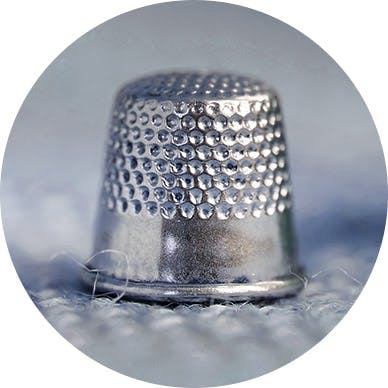Tips & Tricks
Using a heat press is one of the best and most reliable ways to apply iron-on patches — giving you a clean, professional finish that’s made to last.
The Dutch Label Shop Team - 2025-06-24
Tips & Tricks
Wearing the American flag patch properly shows pride, purpose, and respect.
The Dutch Label Shop Team - 2025-06-20
Tips & Tricks
Using a heat press is one of the best and most reliable ways to apply iron-on patches — giving you a clean, professional finish that’s made to last.
The Dutch Label Shop Team - 2025-06-20
Tips & Tricks
Iron-on style meets everyday life—without worry. Read our tips to make sure your custom patches will stay on after washing your clothing
The Dutch Label Shop Team - 2025-05-09
Tips & Tricks
Turn your picture into a custom patch—easily and creatively
The Dutch Label Shop Team - 2025-05-09
Tips & Tricks
Customize your denim jacket with confidence and discover which custom patches are suitable to create unique designs
The Dutch Label Shop Team - 2025-05-09
Tips & Tricks
Turn your picture into a custom patch—easily and creatively
The Dutch Label Shop Team - 2025-05-09
Tips & Tricks
Bring your design to life, stitch by stitch, and upload your images to create stunning, high-quality custom embroidered patches.
The Dutch Label Shop Team - 2025-05-09
Insights & Inspiration
Custom patch prices vary by size, type, and design—learn how to get top quality without breaking your budget.
The Dutch Label Shop Team - 2025-03-25
Sustainability
Eco-friendly labels reflect your brand’s values, boost trust, and support a more sustainable fashion future.
The Dutch Label Shop Team - 2025-03-24
Fashion & Trends
Hang tags add value, tell your brand story, and help create a lasting impression with every product.
The Dutch Label Shop Team - 2025-03-23
Fashion & Trends
Collecting patches? Explore police, military, and custom designs! Learn where to find, display & preserve them. Start your collection today!
The Dutch Label Shop Team - 2025-03-19
Fashion & Trends
No needle? No problem! Attach patches with iron-on adhesive, fabric glue, or Velcro for a secure, no-sew solution. Customize yours today!
The Dutch Label Shop Team - 2025-03-19
Fashion & Trends
Need to remove an iron-on patch? Use heat, steam, or adhesive remover to take it off safely—without damaging fabric. Learn how today!
The Dutch Label Shop Team - 2025-03-18
Fashion & Trends
Keep iron-on patches from peeling! Use the right heat, apply firm pressure, and reinforce with glue or stitching for a long-lasting hold!
The Dutch Label Shop Team - 2025-03-17
Fashion & Trends
Need to remove a sewn-on patch? Use a seam ripper, go slow, and steam the fabric for a clean finish. Swap designs without damage today!
The Dutch Label Shop Team - 2025-03-17
Fashion & Trends
MOQ (Minimum Order Quantity) affects pricing & production. Learn why suppliers use MOQs & how to order smartly—even with low quantities!
The Dutch Label Shop Team - 2025-03-14
Fashion & Trends
Add personality to any hat with a patch! Iron, sew, glue, or Velcro—find the best method for your style. Customize yours today!
The Dutch Label Shop Team - 2025-03-14
Fashion & Trends
Embroidered vs. woven patches—what's best for you? Bold texture or fine detail? Learn the key differences & pick the right style today!
The Dutch Label Shop Team - 2025-03-13
Tips & Tricks
Design custom clothing labels easily online with Dutch Label Shop. No design skills needed—perfect for all creators.
The Dutch Label Shop Team - 2025-03-13




















